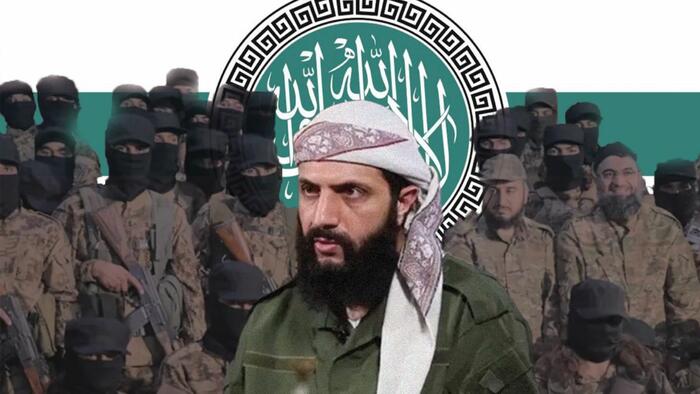On a recent broadcast, US National Security Advisor Jake Sullivan discussed the ongoing conflict in Aleppo, where the Syrian government is facing pressure from the offensive launched by Hayat Tahrir al-Sham (HTS), a designated terrorist organization associated with al-Qaeda. Sullivan’s remarks highlighted a complex stance on the Syrian conflict, wherein he expressed limited sympathy for the Assad government, which is backed by Russia, Iran, and Hezbollah. Acknowledging HTS’s terrorist designation, he nonetheless conveyed that the US would not lament the pressures faced by the Assad regime. This suggests a nuanced positioning; while recognizing HTS’s violent affiliations, the US appears to view the shifting power dynamics on the ground with a degree of indifference regarding the plight of the Syrian government forces.
HTS’s recent capture of Aleppo followed a surprise offensive that coincided with escalated airstrikes by Israel on Syrian territories. Historically, US officials have displayed ambivalence toward HTS, with some even expressing a preference for the group relative to other factions operating in the region. For instance, James Jeffrey, a former US diplomat who served as the special envoy to Syria, characterized HTS as an essential player in the ongoing conflict, positing it as “an asset” for the US strategy in Idlib. Jeffrey articulated a belief that HTS represented the “least bad option” amidst various opposition factions, underscoring the group’s significance in the larger context of Middle Eastern geopolitics—a reflection of the complicated decisions the US faces in aligning with various forces.
The evolution of HTS traces back to its leadership under Abu Mohammad al-Julani, who formerly led al-Nusra Front, al-Qaeda’s affiliate in Syria. Julani’s move in 2016 to distance HTS from its al-Qaeda roots, accompanied by a rebranding that aimed to garner Western support, was a strategic play to redefine the group’s identity within the tumultuous landscape of Syrian opposition. This rebranding was not only about changing a name but was part of a broader effort to engage with international powers, particularly in the context of ongoing conflict. Jeffrey revealed that during his tenure, he maintained regular contact with Julani and emphasized that the latter often attempted to reassure the US of HTS’s goals, framing them as non-threatening.
The backdrop to HTS’s rise includes a significant influx of foreign fighters into Syria, facilitated by Turkish border policies. Reports indicate that tens of thousands managed to cross into Syria and join various extremist groups, including HTS, as the US observed without substantial intervention. This development raises critical questions regarding the US approach to counterterrorism strategy in the region and complicates the narrative surrounding who the US may be indirectly supporting through negligence or through tacit partnerships.
Reflecting on the historical interactions between the US and Syrian opposition factions, it is notable that the perspective on al-Qaeda has not always been negative. Sullivan’s early communications, when he served as an aide to Secretary of State Hillary Clinton, indicated a certain openness to the strategic benefits of working alongside factions with al-Qaeda ties, citing in a 2012 email that “AQ is on our side in Syria.” This sentiment exemplifies the often contradictory nature of US foreign policy, where alliances may shift based on the immediate geopolitical context rather than a consistent ideological framework.
In conclusion, the recent discourse on the Syrian conflict highlights the intricate web of alliances and the moral ambiguities faced by US policymakers. Sullivan’s comments reflect a strategic calculation where the tactical advantage of having groups like HTS can eclipse concerns over their terrorist designations. As Syria continues to be a focal point of geopolitical conflict, the US’s evolving stance towards groups like HTS and its implications for the Assad regime will remain a critical area for analysis, considering both historical precedents and the current realities on the ground. The narrative surrounding the Syrian conflict is complex, underscoring the challenges the US faces in navigating alliances in regions characterized by disorder and extreme violence.

